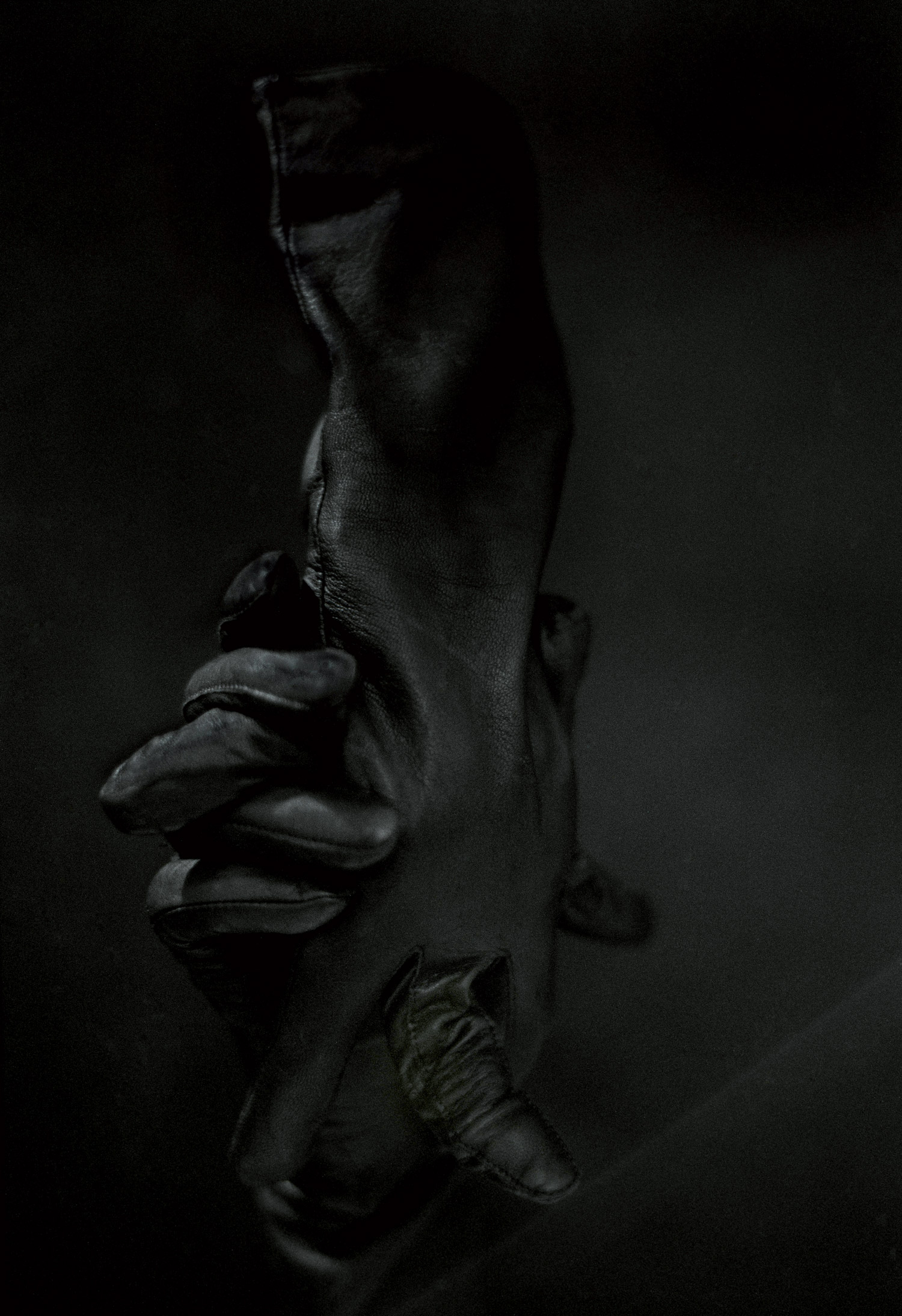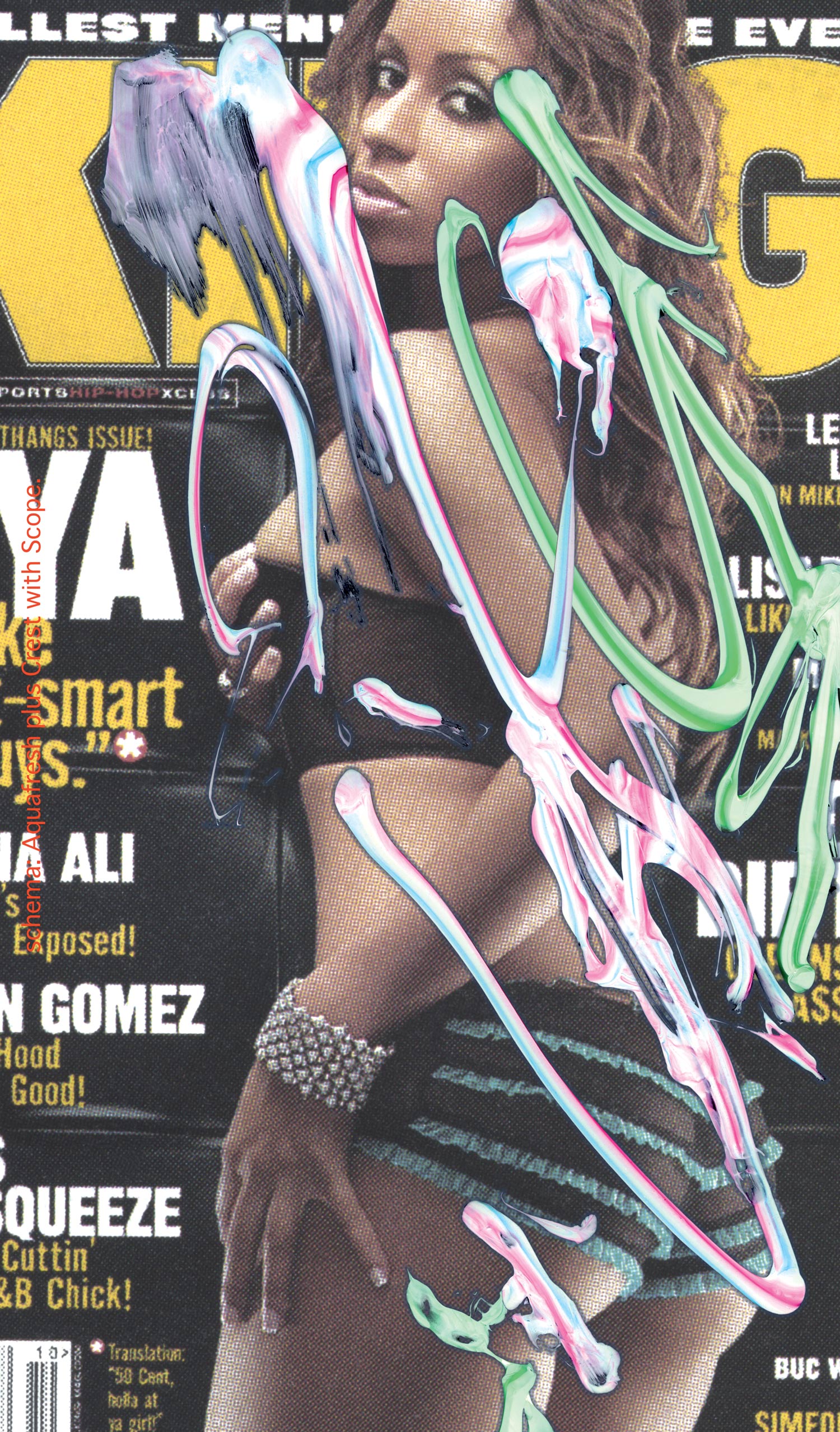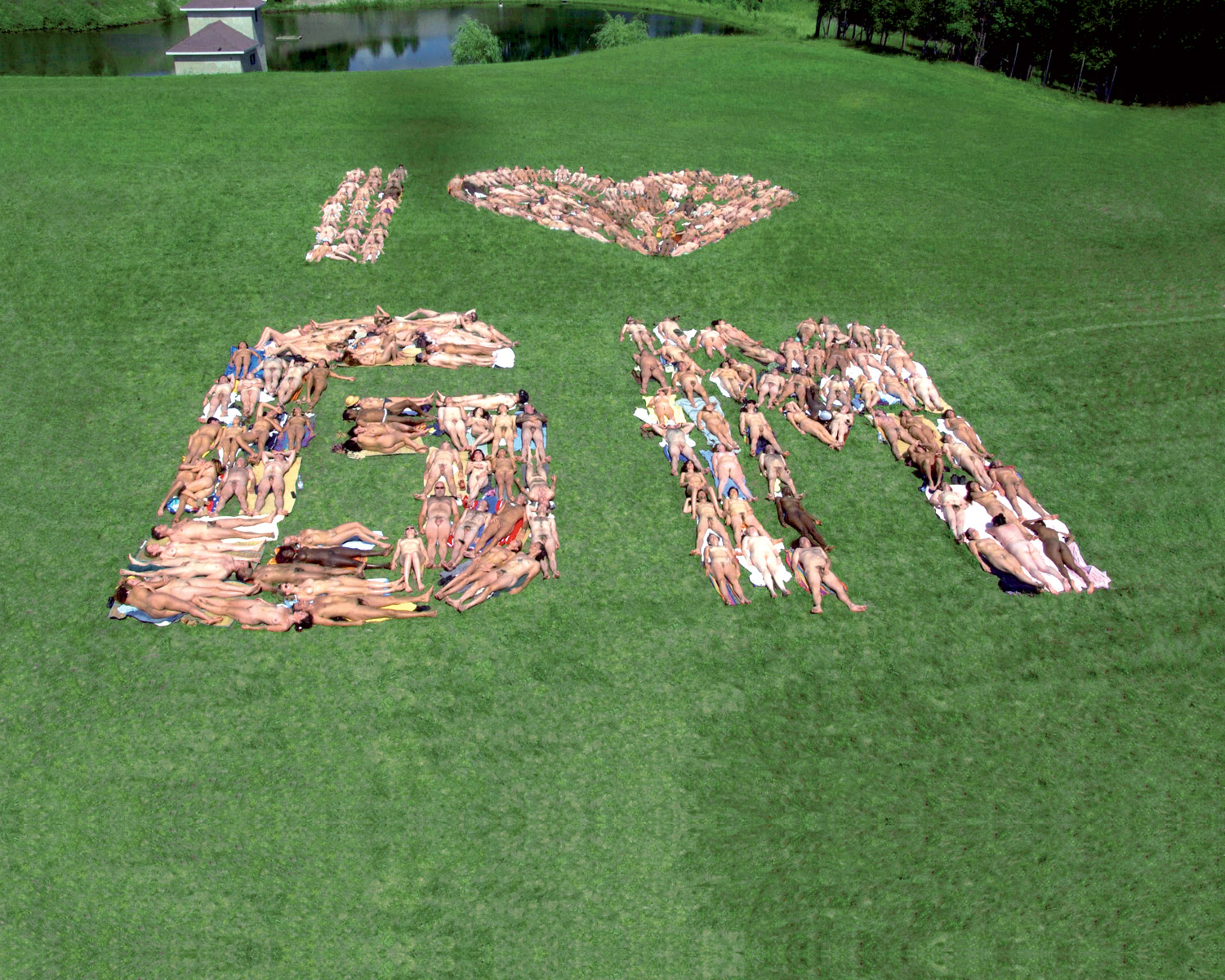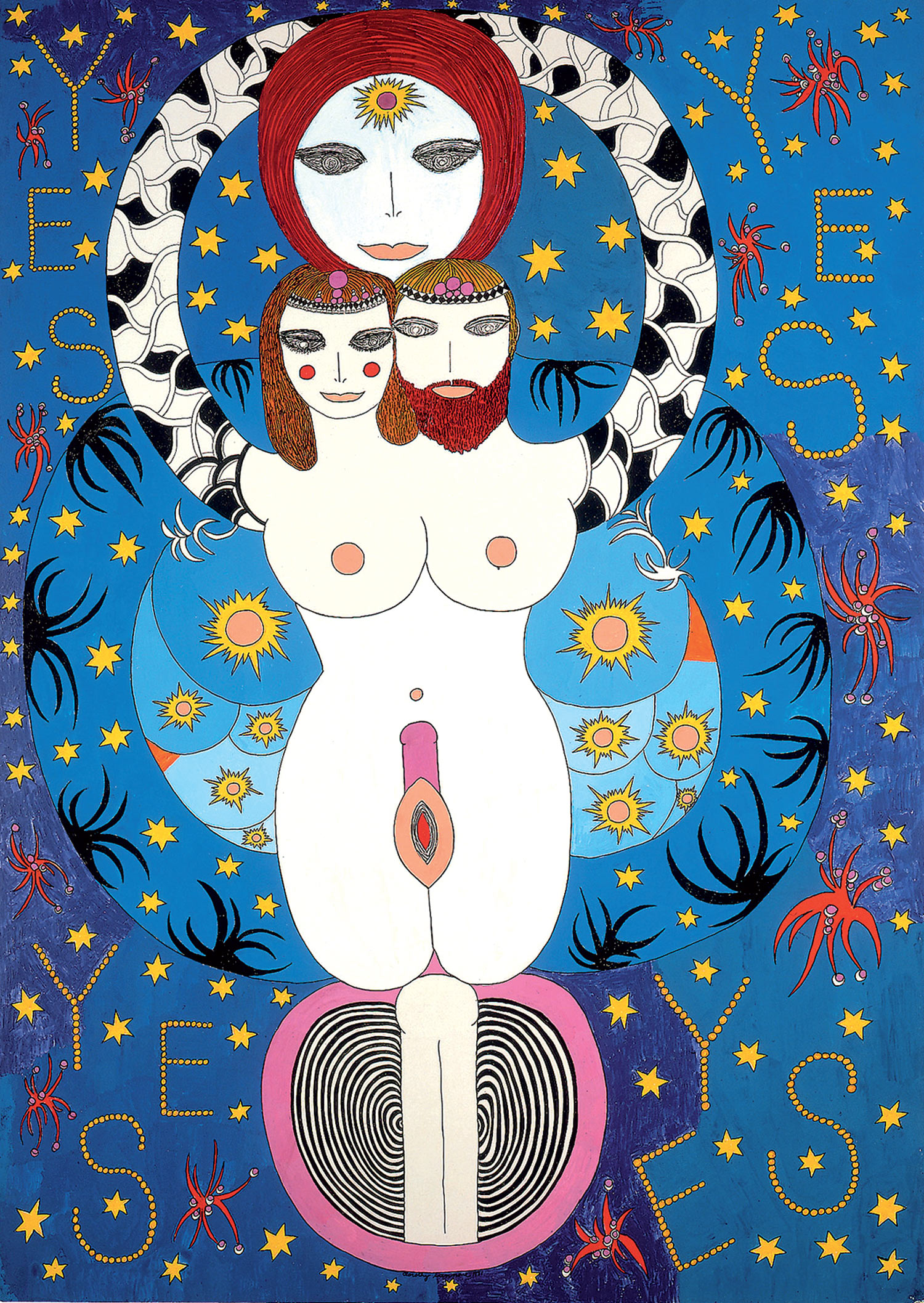Originally published in Flash Art International no. 247 March-April 2006
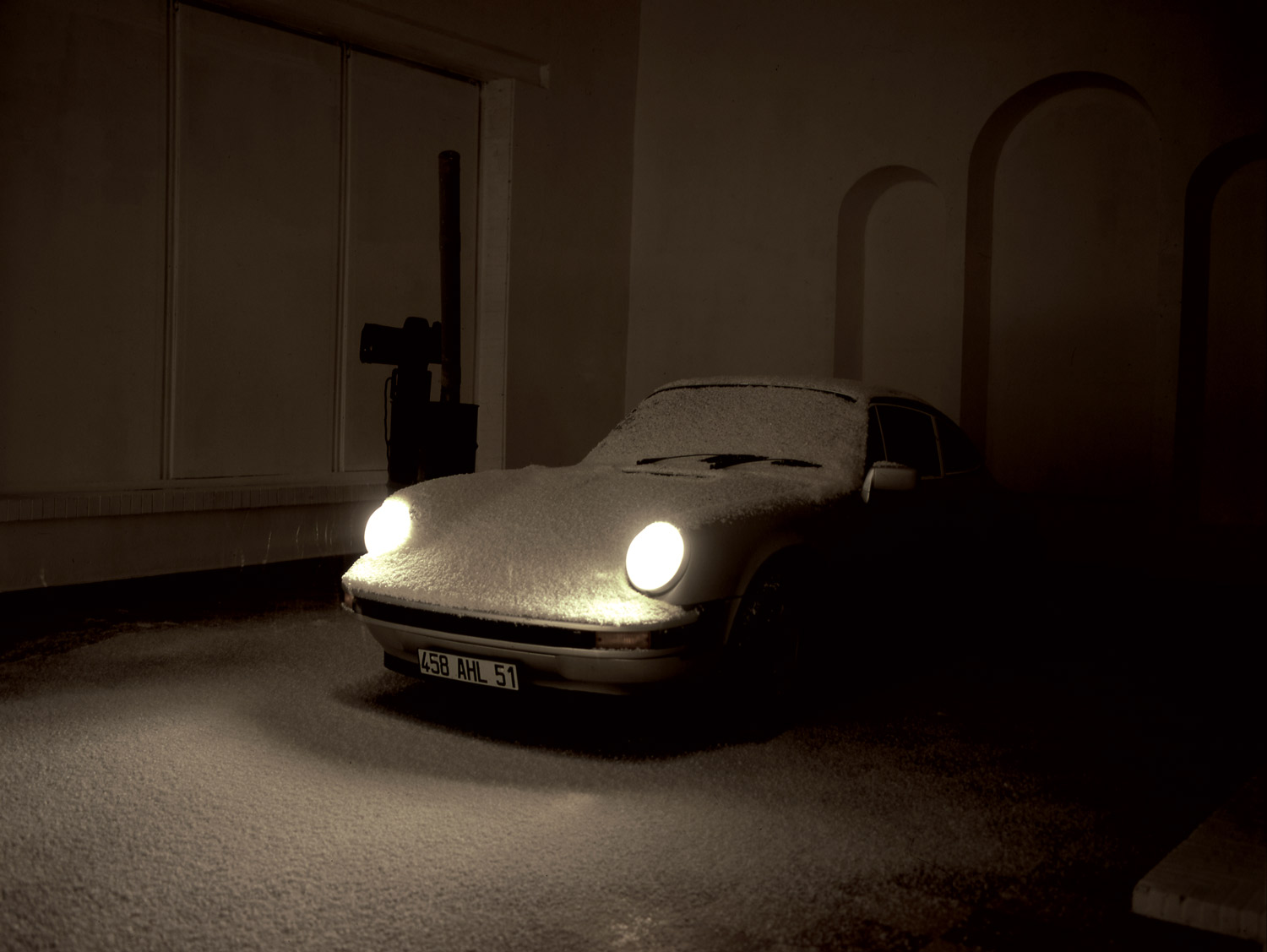
This year’s Whitney Biennial includes a film by Jordan Wolfson that shows a man in a tuxedo using sign language. He is translating the final speech from Charlie Chaplin’s 1940 Nazi satire The Great Dictator. The whole speech, which serves as the page-long title of Wolfson’s work, is a kind of poetic and utopian message to mankind, in which Chaplin wishes for world peace and love among human beings. This video could be seen as an act of skepticism regarding language and the possibility of communication, and — at the same time — as an extreme act of faith in humanity’s deep need for Utopia and dreams. All of Jordan Wolfson’s work oscillates between these two different dimensions: a cold, often ironic intelligence, and a romantic, melancholic approach to time and life. For example, another work in the show, Untitled (Frank Painting Co. Inc.) is about time and the idea of loss. Wolfson discovered by chance that Jack Frank, the 94-year-old landlord of his building in Brooklyn, owned the company that painted the walls of the Whitney when the new building opened in 1966. So he invited him to repaint the first layer of an original wall of the building (after the various layers of paint had been scraped off). After Frank painted the wall the technicians then painted over his layer and perfected it. The label for the work has been placed on the opposite wall. Essentially the artist asked his old landlord to celebrate a ritual related to existence and memory. In Jiem-No-Pedti (2005) he painted the T293 gallery in Naples from floor to ceiling with white paint, and filled the space with an audio recording of his mother attempting to play Erik Satie’s Gymnopédie No.1 on the piano. Day after day the pensive gloom of the suspended atmosphere was wrecked only by the footprints of the public, gradually marking up the white floor and giving the sense of an unreachable state of beauty and perfection. A similar ambience was achieved in the work Nostalgia is Fear (2004), where an artificial snow machine was randomly activated while the viewer stood in the headlights of a white Porsche. But this romantic and melancholic aspect represents only one side of his personality: the other side is his skepticism and his sense of humor. In a certain sense Wolfson is a strange combination of a romantic poet such as John Keats and a sarcastic, ego-centered and obsessive personality as Woody Allen. His thoughtful and extremely skeptical nature lead him to cast doubt not only on the idea of melancholy but also on his own work and practice. In the 4-minute video The Crisis (2004), Wolfson plays himself, as he visits a cathedral and discusses the great works of contemporary art he has seen in his life and questions his own ability to create artwork of similar power. In this very personal ‘crisis,’ a mixture of his melancholic pessimism and his irreducible sense of humor brings together the two main characteristics of Jordan Wolfson’s approach.

